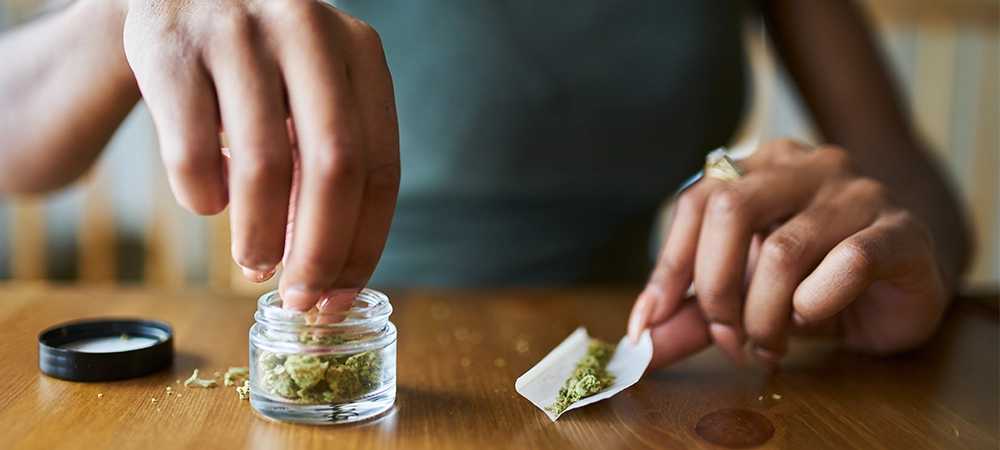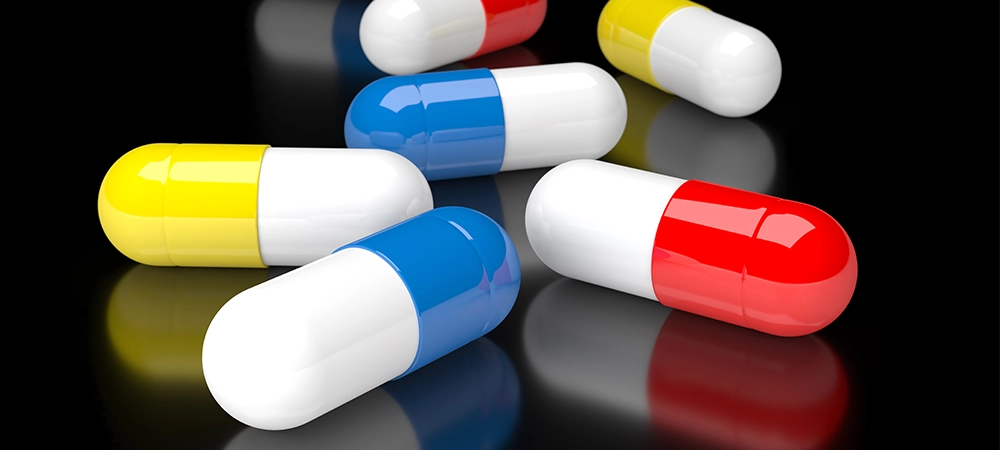
10 Most Common Addictions
Addiction is a devastating disease that affects the lives of millions every day. While some people may be more vulnerable to addiction from the start, anyone can be affected. The world of addiction is vast and it’s not limited to harmful and illegal substances. Many become addicted to things that are, in moderation, not harmful at all such as caffeine or helpful medication.
Others can become addicted to actions and behaviours such as shopping or gambling. Either way, the disease is just as pervasive. While there is a seemingly endless list of things one can become addicted to, some are much more common than others.
Read on to learn about some of the most prevalent addictions.
10 Most Common Addictions
The following are some of the top addictions, especially among those in North America. It’s worth noting that not all of these things are inherently bad, but are easily abused and naturally addictive. It’s when an addiction has taken hold and these things become frequent and excessive that they become very dangerous and unhealthy.
Alcohol
Alcohol is extremely common and many people consume it on at least a semi-regular basis. Of course, it’s known for altering your mood and perception and making you feel good. It can be fun on occasion, but unfortunately, it’s easy to fall into a cycle of addiction as drinking in excess can help you avoid things and feel better.
Many people are addicted to alcohol and don’t even know it. Too much alcohol can cause damage to your brain, liver, and more. It can also cause accidents, outbursts, financial trouble, and broken relationships.
Marijuana
Marijuana is another very common substance that many people use occasionally and casually. Like alcohol, its recreational use is legal across Canada and in many states. When used infrequently, the health risks and effects are moderate.
When used in excess, however, it can be just as addictive as anything else. Especially since it’s legal, anyone can access it and many don’t even realize they are addicted. Excessive and prolonged use can affect your memory, sensory perceptions, mood, and more.

Opioids/Painkillers
Many opioid addictions start when patients are prescribed the medication after surgery or for another medical reason. Common opioids include Vicodin, fentanyl, oxycodone, and methadone. They’re very effective at relieving pain, but the side effects are intense and they’re highly addictive.
Whether it starts with a prescription or not, there are many ways to obtain opioids illegally. Because it’s illegal, this addiction often drains financial resources in addition to the many physical dangers it presents.
There are many types of opioids out there and they all come with their own risks and side effects. They’re all potentially dangerous, though, and can cause permanent damage to your body or even trigger fatal overdoses.
Cocaine
Cocaine comes from a plant and there are several ways to take it, but they all have similar results. The temporary “high” that comes from cocaine provides an elevated mood, a burst of energy, and often a decreased appetite. This is why many who are addicted to cocaine lose a lot of weight.
Regardless of how you take the drug, frequent and excessive use still has serious consequences. It can increase your chances of a heart attack, stroke, seizure, and even respiratory failure. It can also damage your nasal passages if it’s snorted or your lungs if it’s smoked.
Heroin
Heroin is an illegal drug that’s derived from morphine. Like cocaine, heroin can be smoked, injected, or sniffed. It also provides a similar high, with feelings of relaxation and euphoria. It also minimizes physical pain in some cases, making it addictive for many reasons.
Heroin is very dangerous even in moderation as it can cause respiratory issues and even a coma or death in serious cases.
Stimulants
Stimulants are a class of drugs that includes many legal prescriptions such as Adderal. These drugs increase your attention, alertness, and your energy. They also elevate your blood pressure and increase your heart rate.
Many students get hooked on these drugs as they offer increased focus as well, making it easier to stay up and work/study for long periods. They are prescribed in some situations, but are easily accessible on the “black market.”
While they are helpful to some people on a proper prescription basis, prolonged and excessive use outside of a medical recommendation can cause many long-term health problems.

Sedatives
Sedatives are another class of drugs that includes things like benzodiazepines and barbiturates. These drugs slow down the activity of your central nervous system and provide feelings of happiness and relaxation.
They’re prescribed to treat conditions like anxiety and sleep disorders. They can be effective for many people but they’re also highly addictive. Not only does excessive use of these drugs cause many health problems, but they’re even more dangerous when mixed with alcohol and other drugs.
Hallucinogens
Often used on a recreational basis, hallucinogens give you a “high” that includes feelings of happiness and euphoria while also creating hallucinations. Common hallucinogens include LSD, ketamine, and various types of mushrooms.
Many consider these highs, or “trips” to be fun, entertaining, and even cathartic. However, they are also quite addictive and can quickly turn dark. Not every “trip” is good and some may cause frightening hallucinations instead of mild ones.
Too much use can have you experiencing fear and paranoia even when not on the drugs. This is additional to the many health problems that can come with hallucinogen abuse.
Behaviours
Behavioural addictions differ from substances in many ways, but they’re just as harmful to your health and your life.
Common behavioural addictions include (but are not limited to):
- Gambling
- Shopping
- Sex
- Food
- Work
- Internet
- Video Games
- Porn
For the most part, these activities are a part of normal life and many people engage in them regularly. However, like drugs, they can also provide a burst of dopamine and positive feelings of joy and contentment.
Behavoural addictions will have people making sacrifices and even taking risks to continue engaging in the behaviour. If you find yourself unable to stop despite negative consequences and even harm to yourself or others, this is a sign of addiction.
These addictions require treatment and therapy just as much as substance abuse disorders as they can be just as debilitating.
Nicotine
Lastly, is nicotine, a substance found in cigarettes. Despite our current knowledge that cigarettes are generally harmful to our health, many people continue using them. This is often because nicotine can help relieve stress and improve your mood.
However, they’re also highly addictive and many people are unable to stop using them, despite wanting to. One major concern with prolonged nicotine exposure is lung cancer. But, it can lead to a whole host of other health problems as well.
Nicotine is also legal for adults and is very easy to access, much like alcohol. Many people either don’t realize they’re addicted or fail to do anything about it. Some have expressed that quitting cigarettes is actually more difficult than quitting hard drugs.

Addiction Recovery
While these are some of the most common addictions, they are not the only things you can become addicted to. It’s important that you know yourself and your limits, and if you’re struggling with addiction – it’s important to ask for help before it goes too far.
Please don’t hesitate to reach out to us with any questions or concerns and we’ll offer as much guidance as we can.



